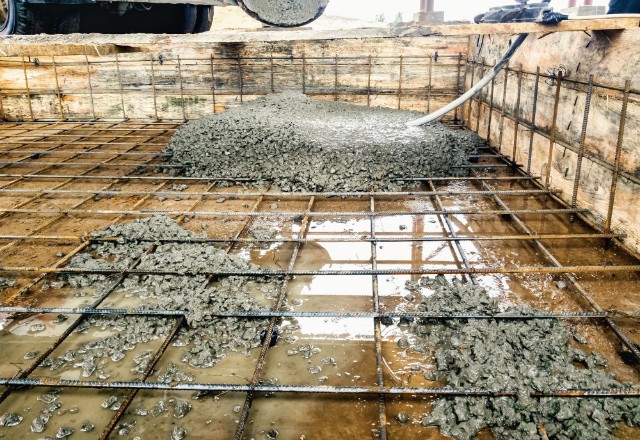I opted to hinge two cutting boards together with the thinnest & smallest hinge I could find. The cutting boards are thin enough that the hinge screws stick through a little. I sawed off the tips, and the remaining slight protrusion actually helps keep the brick from sliding.
A small piece of 3/4" aluminium angle allows me to control the taper, with a C clamp fixing it in place. The C clamp obviously protrudes a bit below the top cutting board; this would potentially constrain how small an angle I can do for the bevel; fortunately, cutting away the bottom cutting board mostly takes care of this. I think I can get down to the angle I need (if not, I can always raise the whole jig on another flat piece of plywood).
Finally, two bolts allow for the top cutting board to rotate up for the bevel, by an amount controllable by pairs of nuts that clamp the top cutting board between them.
As you can see on the second pic, the cutting boards have raised edges; this conveniently allows the heads of the 3 bolts (2 for the bevel adjustment, one as the pivot for the taper adjustment) to not take up any extra space; this, again, facilitates making very small angles for the bevel cut.






Leave a comment: